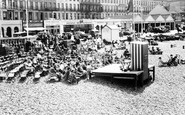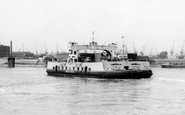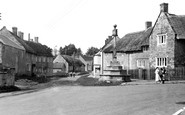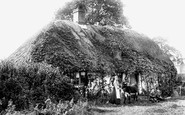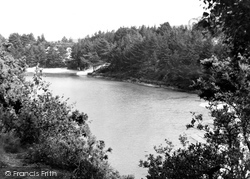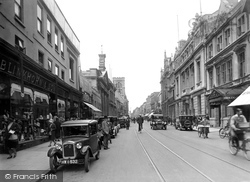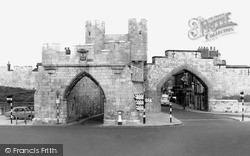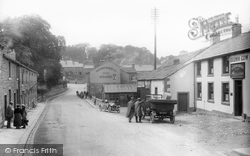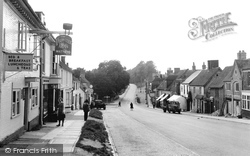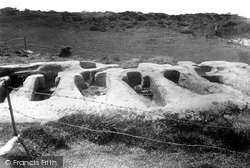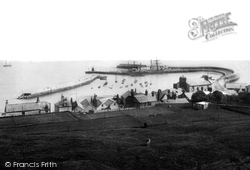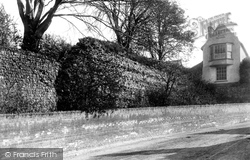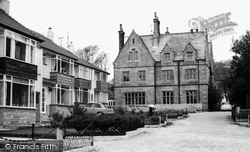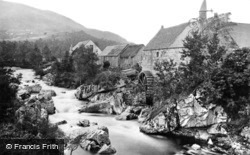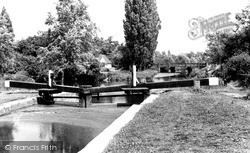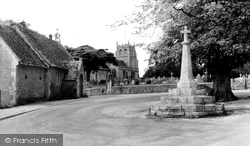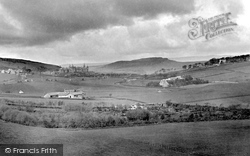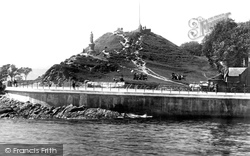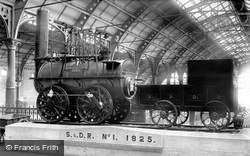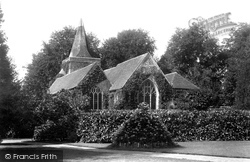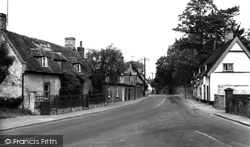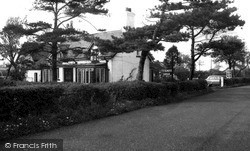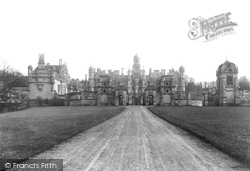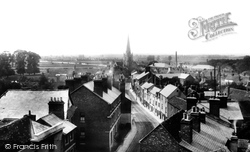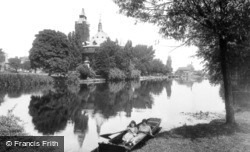Places
Sorry, no places were found that related to your search.
Photos
Sorry, no photos were found that related to your search.
Maps
39 maps found.
Books
Sorry, no books were found that related to your search.
Memories
781 memories found. Showing results 51 to 60.
Dunsmore People And Happenings Remembered
PREFACE TO THE SECOND EDITION In 1995, when the first edition of this history was published, it seemed incredibly optimistic to have had three hundred copies printed for a market which ...Read more
A memory of Dunsmore by
I Lost My Dad When I Was 3 And We Had To Leave
My name was Pat Barringer then. My dad was burned in a lorry in 1949, he lived for about 6 months and then died, I have no memories at all as I was too young, does anybody remember the name Barringer? My mum was Beryl and my dad was Bert. I also have a sister who was 18 months at the time.
A memory of Buckhurst Hill in 1949 by
Early Years
I was born at 37, Ravenshill Road in 1955. I can remember a man on a bike sharpening knives and scissors on a grinding wheel attached to the front, also a man with a pony and trap would take you for a ride round the block for a ...Read more
A memory of West Denton by
Years Gone By
I was born at 22 Victoria Street, Harthill and went to Harthill Primary School. I lived with my mum, Mary Carson, and grannie and grandad Margaret and Jimmy Carson until we left for England about 1954-55. I ...Read more
A memory of Harthill in 1947 by
The Beauty Of Herne Bay In A Hectic World
I lived in Herne Bay for my teen years. I remember the Pier burning down and the sea freezing over. The winds could be so strong my mother and I had to hold on to the lamposts for fear of blowing into ...Read more
A memory of Herne Bay in 1964 by
Days Gone By
My memories of Greyabbey date back to 1940 just after the Blitz when Mum and her 3 sisters plus one sister-in-law with a bunch of kids relocated to Cardy, a small community appox. 3 miles from Greyabbey. I was 8 years of age at the ...Read more
A memory of Greyabbey in 1940 by
Woolwich Ferry
There has been a ferry at Woolwich for many centuries but the people of Woolwich complained in the 1880s that West London had free access across the River Thames by bridges so why couldn't they have free travel? The river was too ...Read more
A memory of Woolwich by
Bramley In The Years 1935 To 1941
Now 80 years of age I used to live with my Mum and Dad and brother Michael in Lincroft Crescent just above the Sandford estate. The houses were new and rather small though we were so happy ...Read more
A memory of Bramley in 1930 by
Names Of People And Buildings.
Here we are looking down West Street with the village school visible at the end. On the left is Tetts Farm with the milk churns, while next is Manor Farm, farmed by Reg Newick. The thatched building before the ...Read more
A memory of Hinton St George
Memories Of Bedford Lane.
This cottage is in Bedford Lane. I lived in the house called Connemara which is still in Bedford Lane. My father Samuel Frederick Richardson and his brother George were both bricklayers. Both were demolishing the ...Read more
A memory of Frimley Green by
Captions
291 captions found. Showing results 121 to 144.
The Blue Pool at Furzebrook, the best known of Purbeck's former heathland claypits was dug by Watts, Hatherley and Burns of Newton Abbot, in 1846.
Blinkhorn & Son is clearly to be seen on the left, and beyond that is Currys electrical store, which also sold cycles.
Walmgate has been burned and bombarded with cannon fire, and there was an attempt to undermine it using gunpowder during the siege of York in 1644.
Here we see motorists in the village—they are probably touring the area.
In the 12th century Alresford was a prosperous community - so much so that it was later considered one of England's most important wool markets.
These six ancient graves hewn from solid rock close to the chapel of St Patrick lie on the impressive Heysham headland.
We are looking at the medieval Cobb harbour (centre) from the tennis ground on the cliffs south of Langmoor Gardens.
According to Tacitus, the Roman historian, the first Roman settlement at Colchester, Camulodunum, was built as a colony for retired soldiers; it was dedicated to the emperor Claudius, after the defeat
Besides a devastating fire, the original village of Cockerham also experienced flooding from the River Cocker, another reason to move to higher ground.
The village of Braemar is situated on the banks of Cluny Burn.
Of the 11 locks on the Chelmer & Blackwater Navigation, this is something of a halfway house. It stands just upstream of the road to Hatfield Peverel, in an area sometimes known as World's End.
The parish church of St Martin is described as 'Anglo-Saxon origins, c1200, C13, C15, restored 1850' (Department of Heritage List). The former school, now the village hall, is dated 1846.
The village used to be called Auldkirk, because the people of Greenock worshipped here until they built their own church at the end of the 16th century.
According to Tacitus, the Roman historian, the first Roman settlement at Colchester, Camulodunum, was built as a colony for retired soldiers; it was dedicated to the emperor Claudius, after the defeat
Visitors clamber over the site of the old castle. Little of its fabric survives, and it is thought to have been one of the very earliest of Scotland's stone castles, dating from the 12th century.
Designed and built by George Stephenson, Stockton & Darlington No 1, 'Locomotion', achieved a maximum speed of 15mph when she hauled the 34-wagon inaugural train from Shildon to Stockton on 27 September
Hothfield Place was the seat of the Tufton family, but was pulled down after the Second World War. In the 16th century Sir John Tufton entertained Queen Elizabeth I over two days.
The village used to be called Auldkirk because the people of Greenock worshipped here until they built their own church at the end of the sixteenth century.
But in 1727, a company of players gave a performance in a nearby barn. So popular was it, that the doors were nailed shut to prevent any more people from getting in.
No longer an eating place, it was well patronised in its day, and well situated in pleasant country near the River Wyre; it was not far from Meadowcroft, the home of Miss Poole, who opens her garden annually
Gregory Gregory, a bachelor, was probably responsible for as much of the design as his architects, Anthony Salvin and later William Burn, as it rose slowly throughout the 1830s and 1840s.
From the Market Place our town tour heads south along perhaps the best street in Abingdon for the survival of older buildings: East St Helen Street.
Looking like a refugee from Disney World, or something dreamed up by mad King Ludwig of Bavaria, the Shakespeare Memorial Building was erected in 1879.
Gregory Gregory, a bachelor, was probably responsible for as much of the design as his architects, Anthony Salvin and later William Burn, as it rose slowly throughout the 1830s and 1840s.
Places (0)
Photos (0)
Memories (781)
Books (0)
Maps (39)

